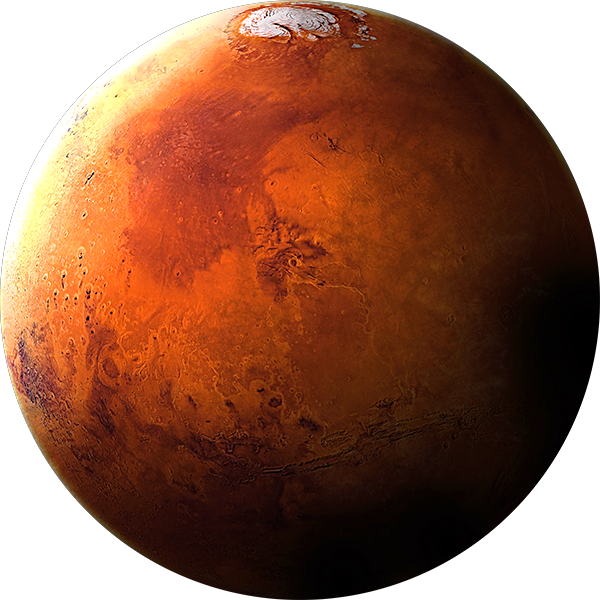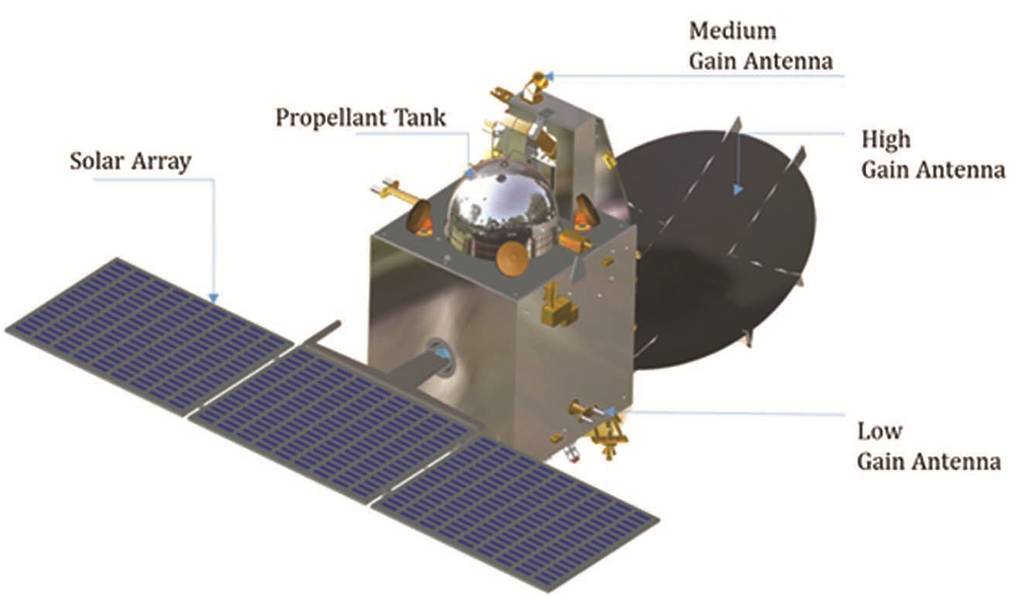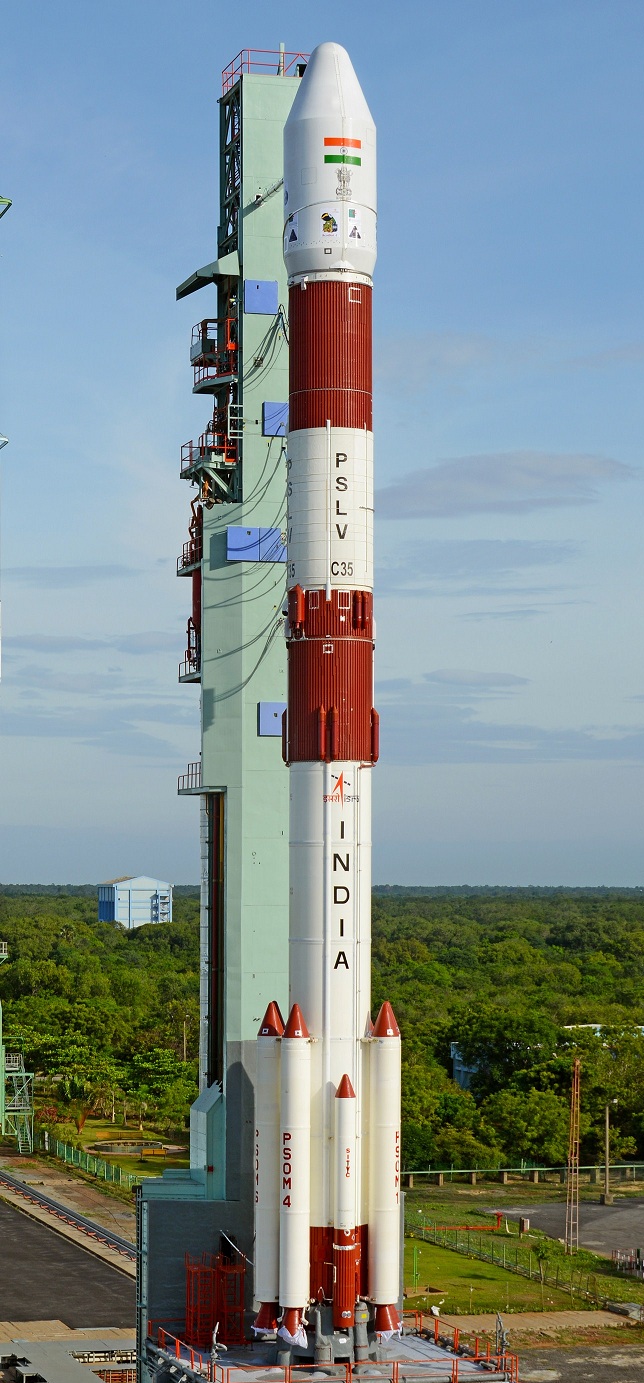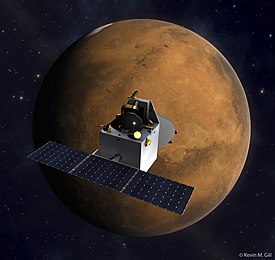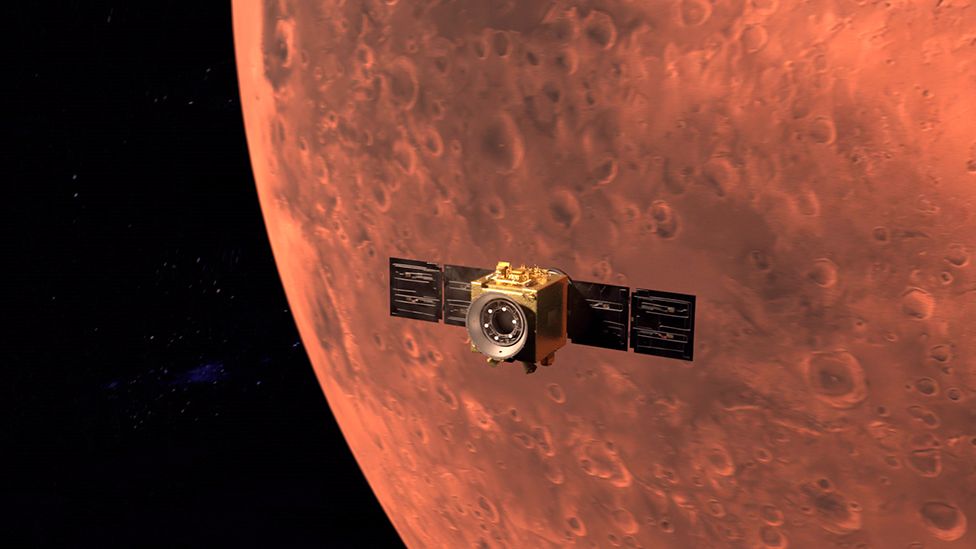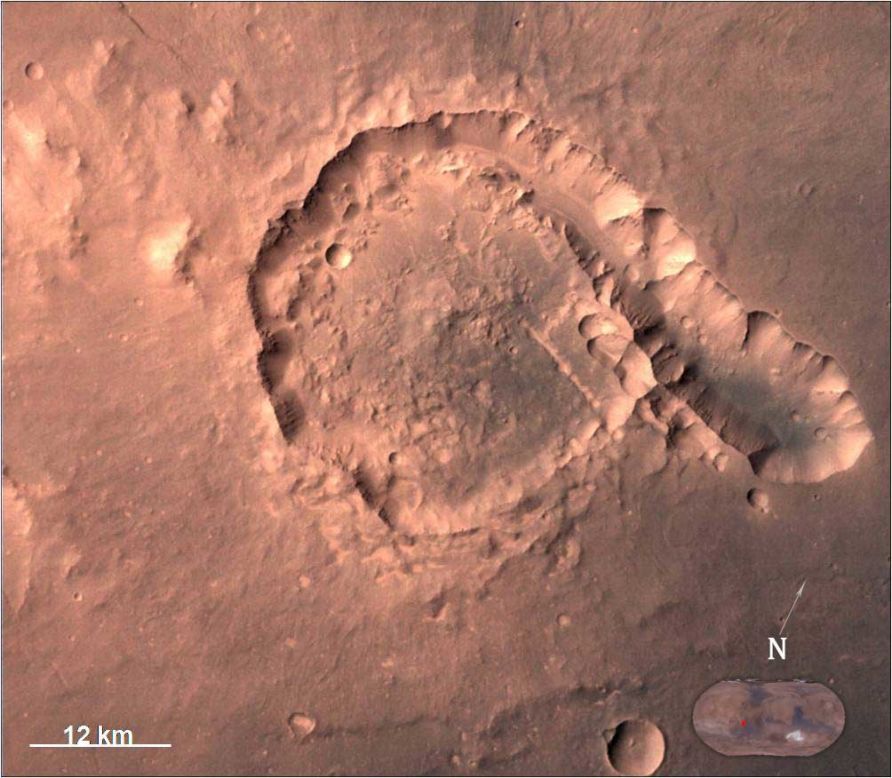Status
The chairman, ISRO, Shri A.S. Kiran Kumar releasing the Mars Atlas on the occasion of the completion of one year of Mars Orbiter Mission in Orbit, in Bengaluru. The Scientific Secretary, ISRO, Dr. Y.V.N. Krishnamoorthy
On 28 September 2014, MOM controllers published the spacecraft's first global view of Mars. The image was captured by the Mars Colour Camera (MCC).
On 24 March 2015, MOM completed its initial six-month mission in orbit around Mars. ISRO extended the mission by an additional six months; the spacecraft has 37 kg (82 lb) of propellant remaining and all five of its scientific instruments are working properly. The orbiter can reportedly continue orbiting Mars for several years with its remaining propellant.
A 17-day communications blackout occurred from 6 to 22 June 2015 while Mars' orbit took it behind the Sun from Earth's view.
On 24 September 2018, MOM completed 4 years in its orbit around Mars, although the designed mission life was only six months. Over these years, MOM's Mars Colour Camera has captured over 980 images that were released to the public. The probe is still in good health and continues to work nominally.
On 24 September 2019, MOM completed 5 years in orbit around Mars, sending 2 terabytes of imaging data, and had enough propellant to complete another year in orbit.
On 1 July 2020, MOM was able to capture a photo of the Mars satellite Phobos from 4200 km away.
In October 2022, ISRO admitted that it has lost the communication with MOM in April 2022, when it faced increasingly longer duration eclipses, including a seven-hour long eclipse that it was not designed to withstand. ISRO said the spacecraft was likely out of propellant and not recoverable.
